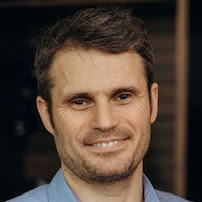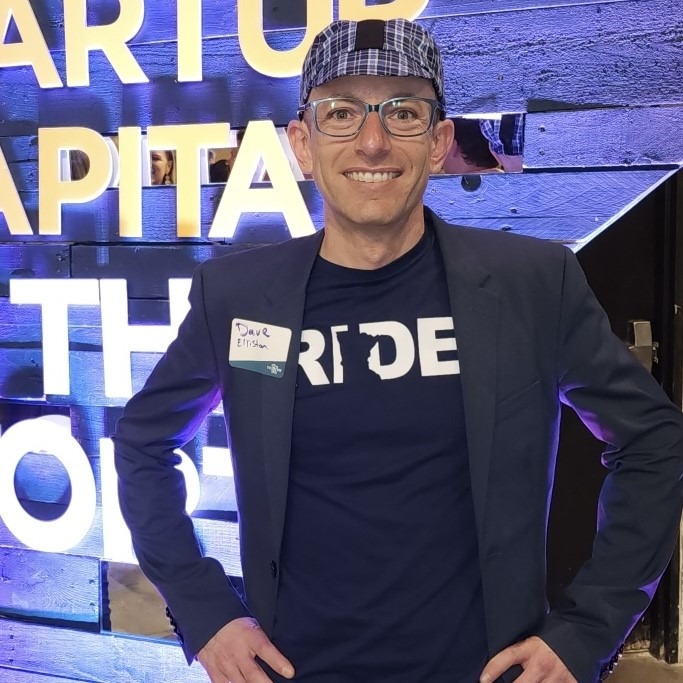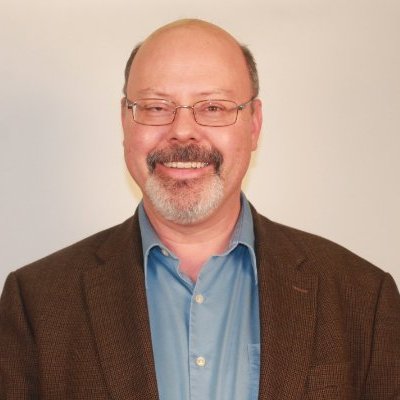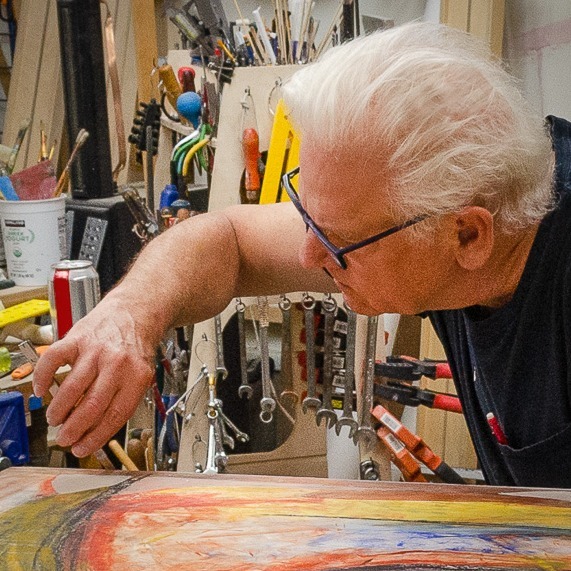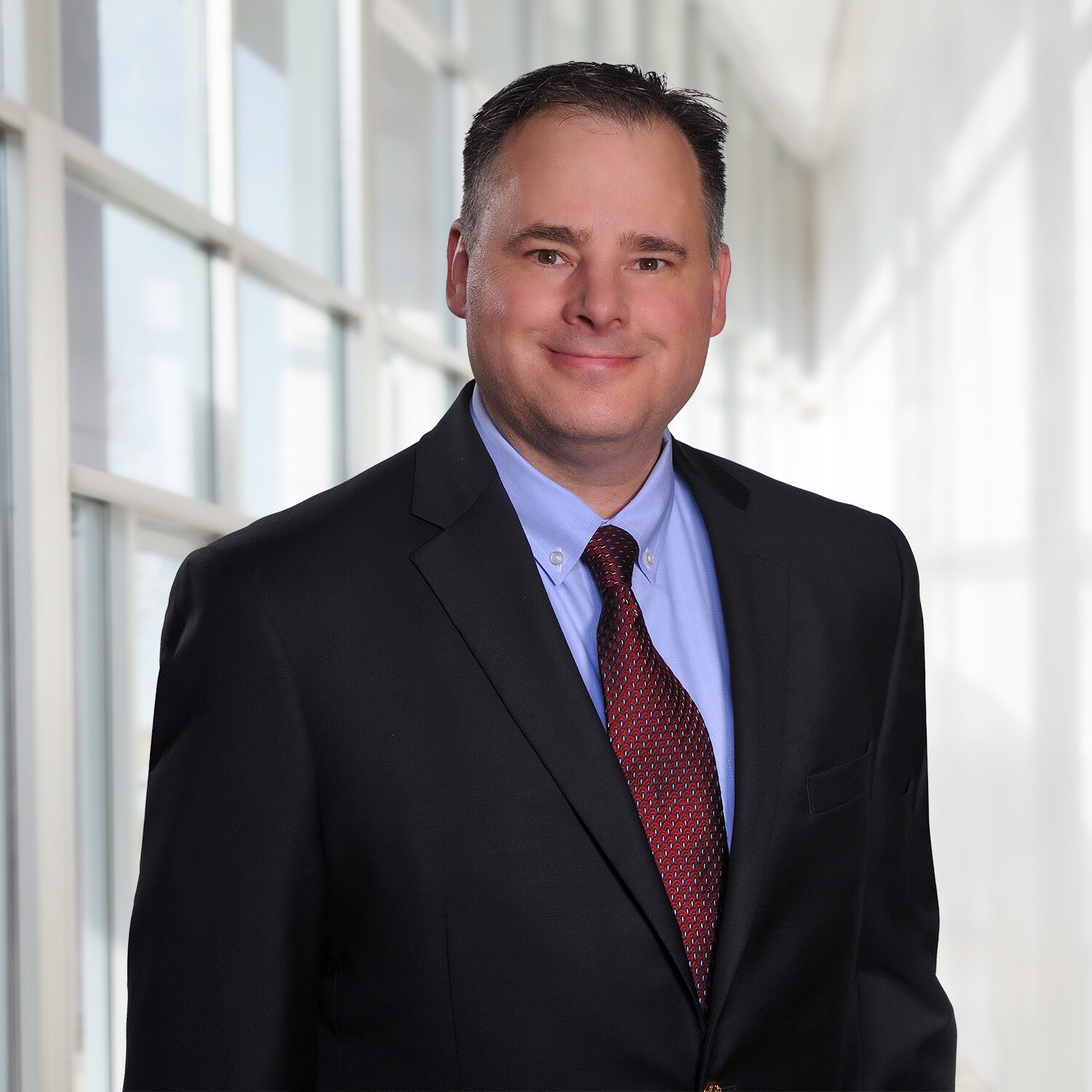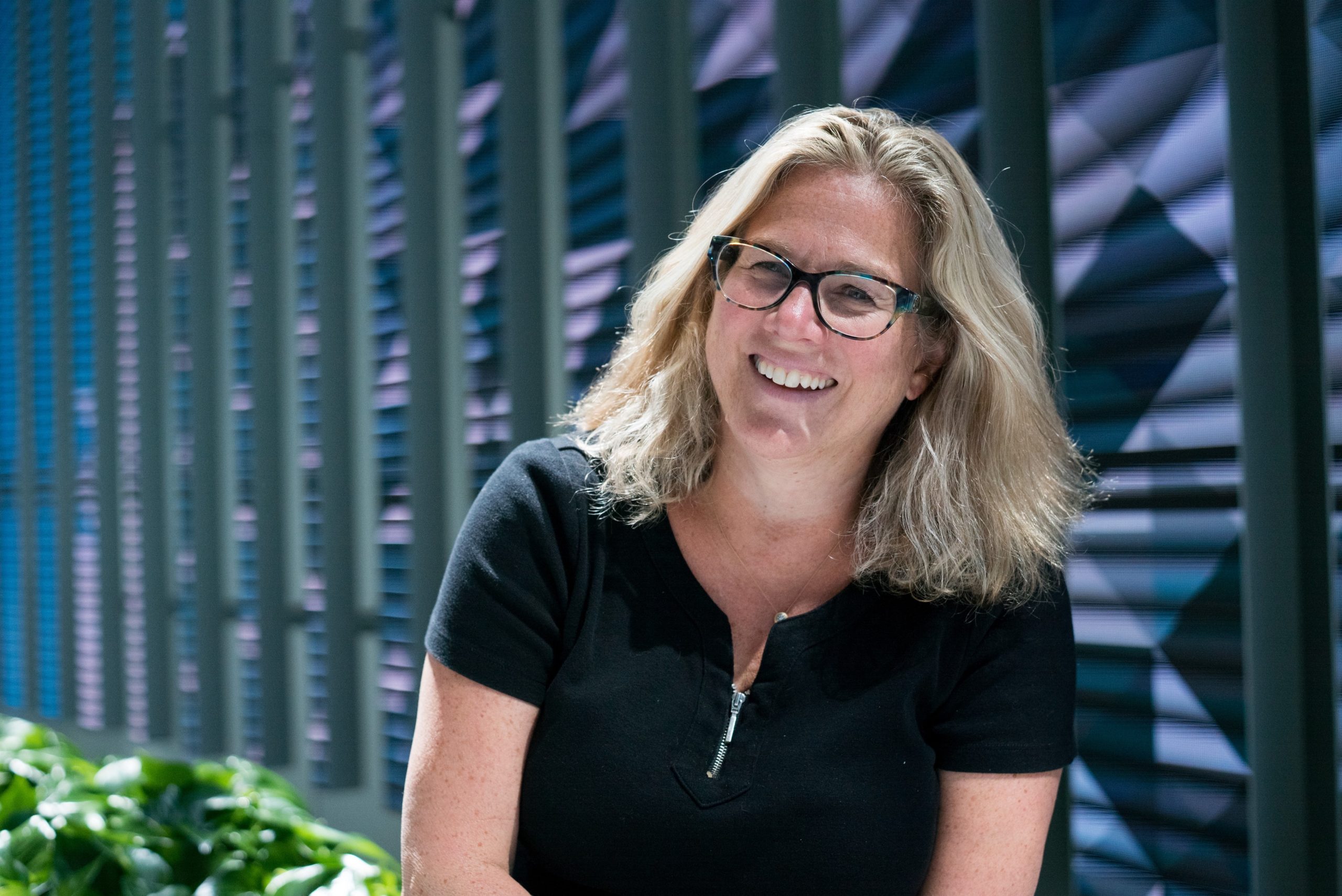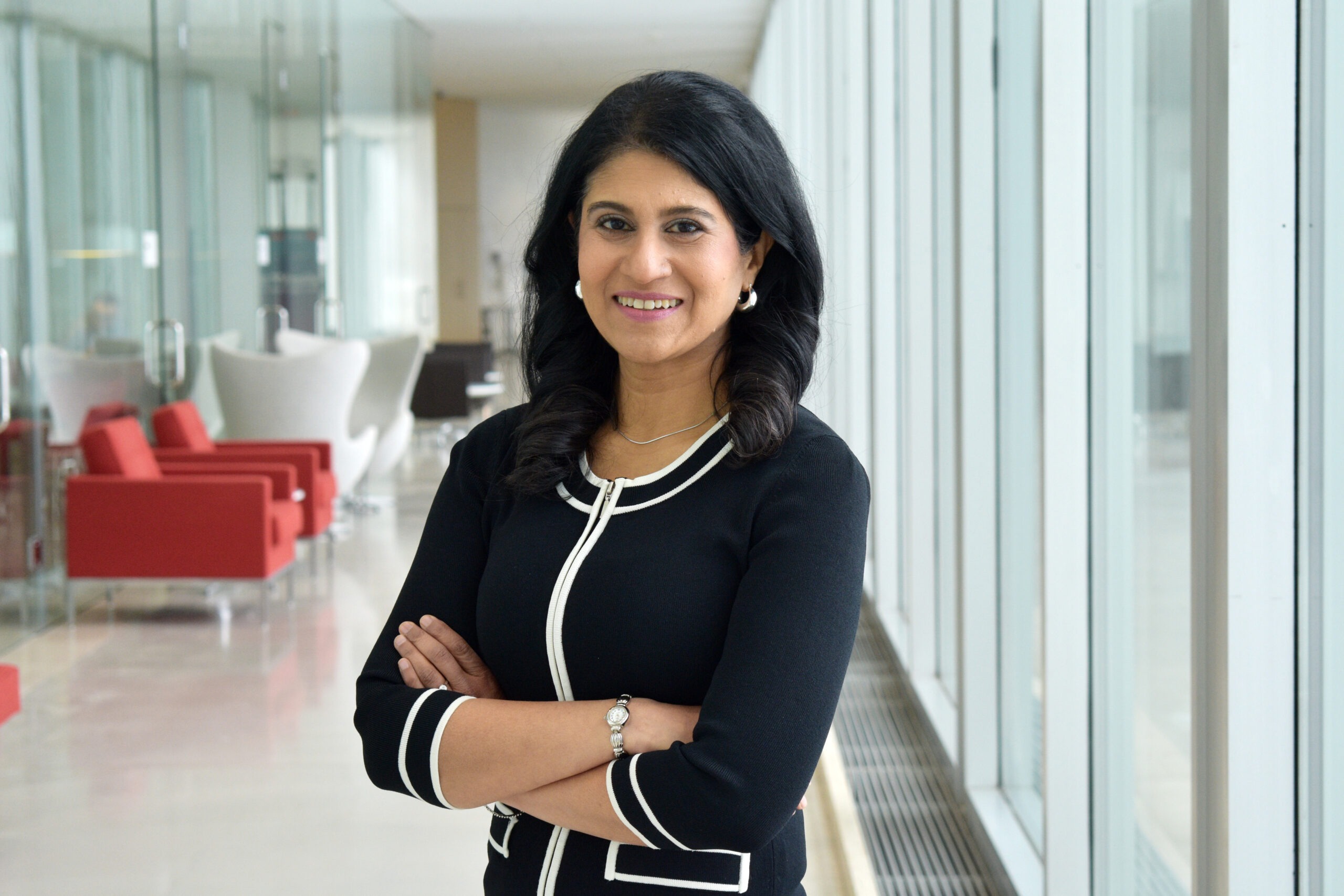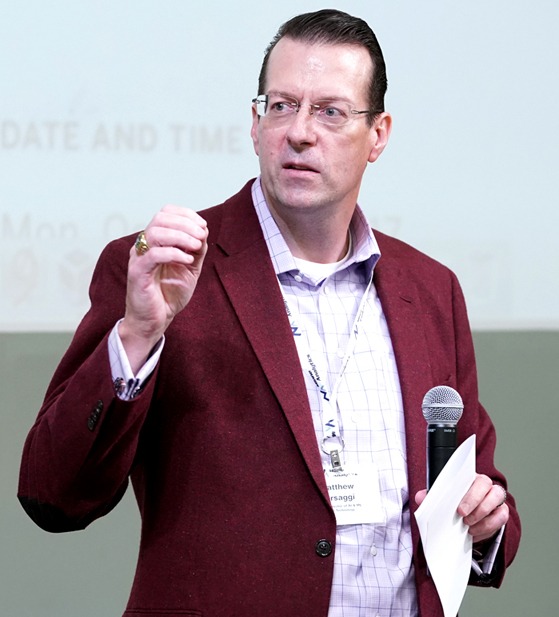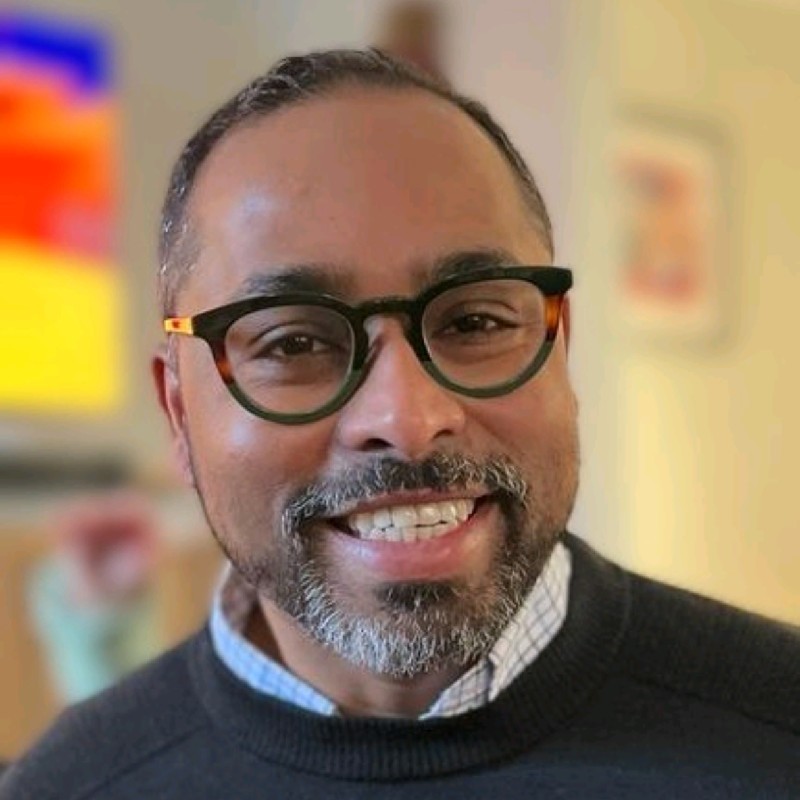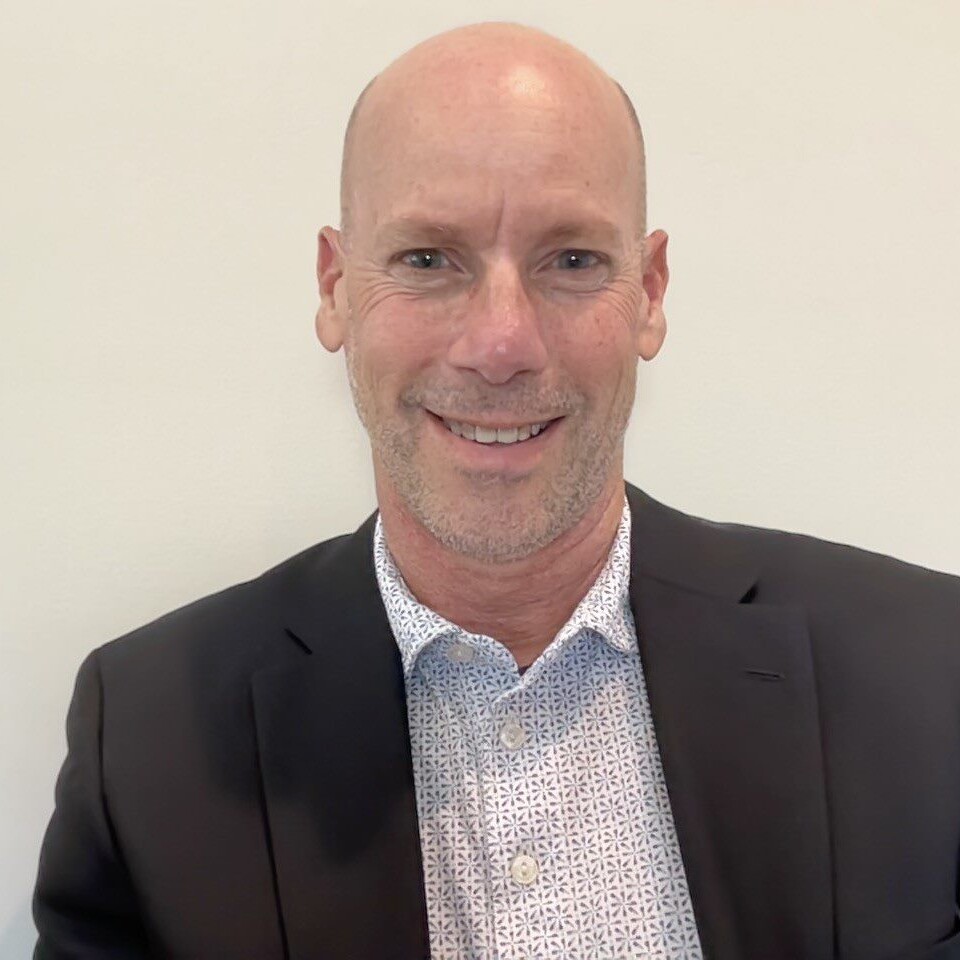Technology and Construction with Mortenson: Surprisingly Advanced
For the last several years, Spot, Boston Dynamics’s robotic dog has stumbled, walked and even danced its way through the public consciousness. Whether you find the quirky quadruped remarkable or unsettling, most of us are at least aware of its existence. If you’re like me, however, you may be surprised to know that this robo-rover was not in-fact developed for the sake of our baffled entertainment but for the advancement of heavy-duty industries such as mining, oil and gas, and construction.
I chatted about this recently with Jason Tschetter, the Director of Field Data and Emerging Tech for Mortenson, a Minneapolis-based construction company and member of the Minnesota Technology Association (MnTech). There are currently a few Mortenson projects where you could see Spot in action, “running around on site,” scanning and mapping the environment. As it turns out, the construction industry, like Spot, is not only very advanced but full of surprises.
Rebuilding industry stereotypes
“When I was approached to come to Mortenson, I had the same kind of impressions that I think a lot of people do around construction,” said Tschetter, “that construction is all heavy equipment and people in hard hats. It seemed pretty boring from a technology perspective. But the thing that I learned to appreciate once I started to do my research on the company was how progressive Mortenson is in this industry.”

Tschetter started with Mortenson in 2015, the latest step in his 25-year career in information technology. Since then, he’s not only come to understand the impact of advanced tech in construction, but it is now his job to foster that growth into the future.
“What I see is a vision and a direction on how to use technology to change the way buildings are built,” Tschetter said. Mortenson has a long history of taking on projects that other contactors deem “unbuildable.” But when technology is applied to this type of impossible challenge, Tschetter explained, it allows them to envision and deliver a different outcome.
Safety through tech
2020 was a year full of challenges and more than anything it pushed Tschetter and his team to reevaluate Mortenson’s approach to operations for the safety of their workers.
“One of the first things we started to come to terms with was how much our process still involves the physical transfer of information,” said Tschetter. “Getting inspectors on project sites has been an example of a challenge we experienced during COVID.”
What presented itself as a problem that could stop work turned into an opportunity to demonstrate an advanced solution and allowed Tschetter to implement a piece of tech that he’d had his eye on for a while.
Using Hololens 2 devices from Microsoft, also a MnTech member, Mortenson was able to bring remote experts needed on-site without compromising COVID protocols. An engineer wearing the HoloLens acts as the “eyes” for an inspector, who can see the project site live from the safety of a remote location and interact with the team in “augmented reality”. The inspector can direct the engineer and give them instructions and feedback, even drawing in 3D if they want, get the photos, videos, and other information they need to approve the work and keep things moving.
Virtual tours and digital buildings
Augmented and virtual reality technology is nothing new at Mortenson. For years they’ve used VR experiences to take their clients on virtual walk-throughs, giving them the unique opportunity to tour their buildings before the construction crew has even broken ground. That visualization, Tschetter said, is so important. When building stadiums, for example, VR walk-throughs allow customers to look through the eyes of their future guests, so they can better discuss and tailor the perfect fan experience.
“You can’t see that in a 2D drawing, but when you’re immersed in it you can start to think about sight lines and how to create a better experience for people when they first walk in the door.”
The use of 3D digital modelling not only allows Mortenson to flesh out the exact aesthetic details of a project, but it can also improve scheduling and material organization during construction.
“Most people don’t realize that we actually build many of our buildings twice,” Tschetter said, first as a 3D model and then in real life. “For a lot of our most complex projects, we’ll build it digitally in an incredible amount of detail. Hospitals are a great example; we’ll build out the whole project down to the location of outlets and the positioning of light fixtures so we can make sure we get it right. It’s really expensive to change those things after the concrete’s been poured.”
Innovation is a collaborative process
“Construction is one of the most high-tech industries that I’ve ever been a part of,” Tschetter said, “We have a culture of innovation within [Mortenson] that is really strong. The question is, how do we start to take these successes, scale them across all projects that need that type of solution and continue to drive that innovation into the next frontier? And that’s the part that’s exciting. I want to focus on the next level.”
The key to that next-level success? Tschetter would say it comes down to collaboration amongst the industry. Supporting new R&D, partnering with industry leaders and local startups that are pioneering new tech applications, reaching back to the universities so the next wave of engineers can start thinking about the challenges faced within the industry today. Mortenson is doing all of this and more.
“Construction is an inherently collaborative process,” Tschetter went on. “It requires dozens of trades and experts in different professions to work together. Technology makes it easier to collaborate and that’s shortening the time it takes to get projects done. It’s becoming intrinsic in the way we approach the work. We’re seeing demands in connectivity, usability, integration and how these workflows flow together. So, let’s talk about the strategies that are going to change our industry and let’s talk about our approaches that are working that we should all be building on.”
Piper Cleaveland
Marketing and Communications Manager
piper@mntech.org

